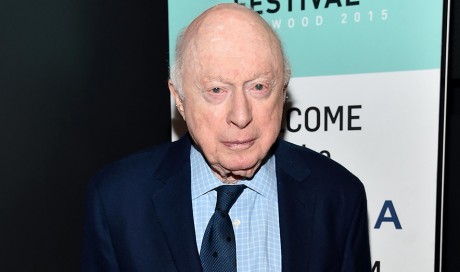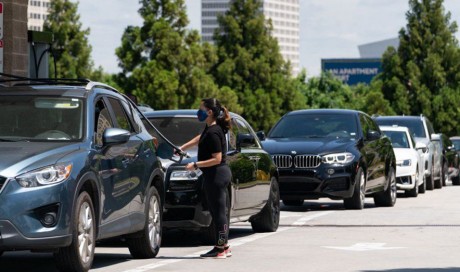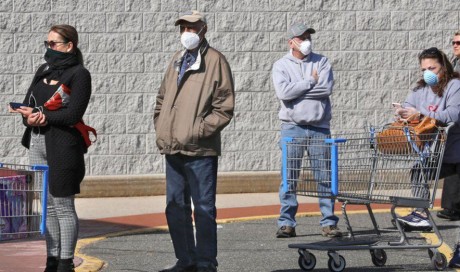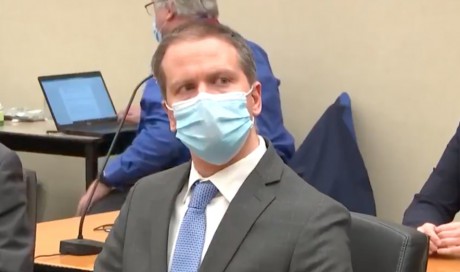The United States and Saudi Arabia appear to have reached an understanding: Washington will reduce or eliminate Iran’s oil export revenues and in return Riyadh will guarantee oil supplies and stabilize prices.
The basic deal is well understood by policymakers in both countries, with U.S. President Donald Trump repeatedly emphasizing his great personal relationship with the Saudi king and crown prince.
But strong personal relationships between the leaders and agreement on the overall deal obscure disagreement on some key details, not least the desirable level for oil prices.
Saudi Arabia and its allies believe prices should be stabilized around $75 a barrel. Trump, meanwhile, clearly thinks they should be stabilized at a significantly lower level.
THE BASIC DEAL
Trump made the link between Iran sanctions and Saudi production policy explicit in a television interview with Fox News on July 1.
The United States will counter the influence of Iran, Saudi Arabia’s major regional rival, by imposing tough sanctions. In return Saudi Arabia will protect U.S. motorists against an increase in gasoline prices.
The president noted that the United States provides security for Saudi Arabia and other Arab Gulf countries through the presence of military forces in the region. “We are protecting those countries, many of those countries,” he said.
In a follow-up Twitter message on July 4, the president said that “the United States defends many of those countries for very little $’s”.
U.S. and Saudi objectives are not fully aligned, however, on oil prices.
Saudi Arabia’s objective, revealed at the OPEC meeting in June, has been to stabilize production and prices around current levels. The kingdom, its Gulf allies and Russia indicated that they will lift production by about 1 million barrels per day (bpd) to offset losses from Venezuela and Iran, but not more.
The implication is that Saudi Arabia wants to keep prices around $75 a barrel and sees that level as sustainable in the medium term.
Trump, however, is not satisfied with either the current level of oil prices or the announced production increase.
“They have to put out another 2 million barrels in my opinion,” he said in the July 1 Fox interview.
“Gas prices are up & they are doing little to help,” he complained again on Twitter on July 4. “This must be a two-way street. REDUCE PRICING NOW!”
DRIVERS AND VOTERS
The United States has always been both a major producer and consumer of oil, which means that most presidents have favored moderate oil prices.
High prices hurt motorists and oil consumers across the country. Low prices hurt producers concentrated in Texas and other major petroleum states.
From the perspective of the White House, the ideal price is not so low it causes problems for producing states but not so high it hurts consuming states.
The rise in benchmark U.S. crude prices from a low of less than $30 a barrel in February 2016 to more than $70 in July 2018 has boosted the economies of Texas, Oklahoma, North Dakota and other producing states.
But most of those states are solidly Republican and likely to vote Trump’s party at the mid-term congressional elections in 2018. The president, therefore, is paying much closer attention to the harmful impact of higher oil and gasoline prices on consumers in swing states.
The president’s repeated criticism of OPEC reflects his awareness that higher prices are already hitting a key section of his own electoral coalition.
GASOLINE COSTS
The average cost of gasoline has risen almost 60 percent from a cyclical low of $1.87 a gallon in February 2016 to $2.97 last month.
U.S. motorists consume almost 143 billion gallons of gasoline each year, according to the U.S. Energy Information Administration. Most is used by private motorists, though some is bought by businesses, governments, the postal service and the armed services.
...[ Continue to next page ]
Share This Post















